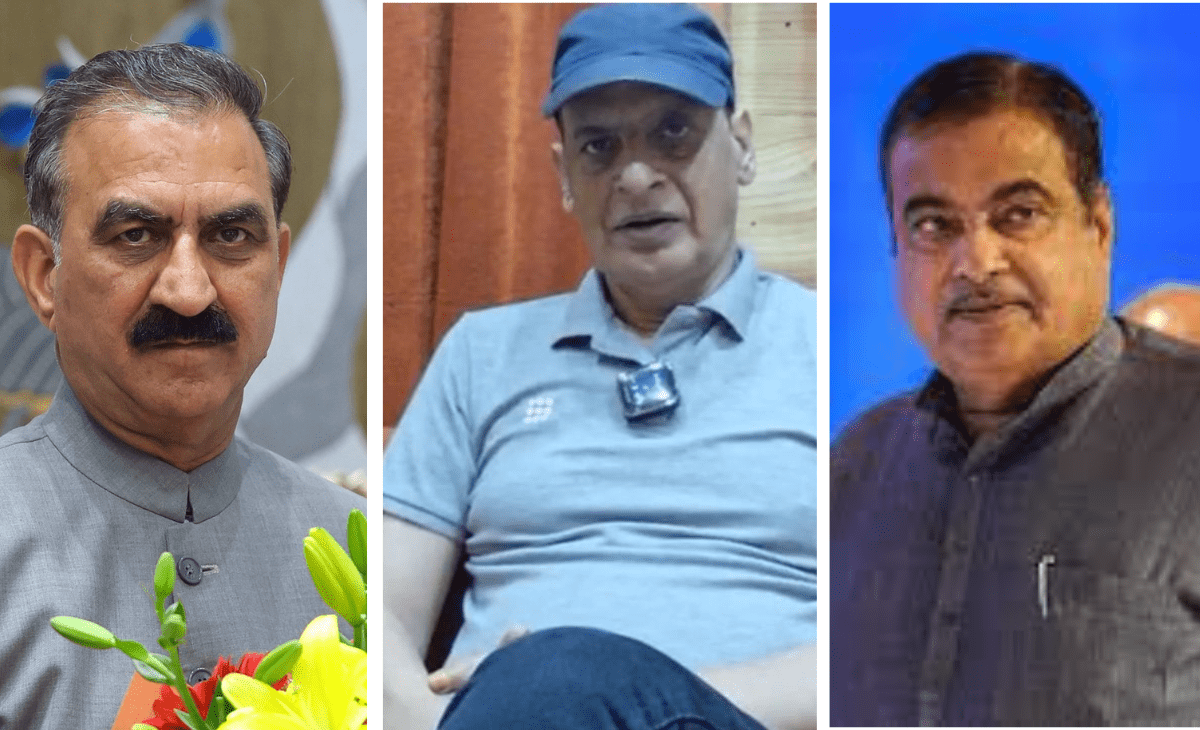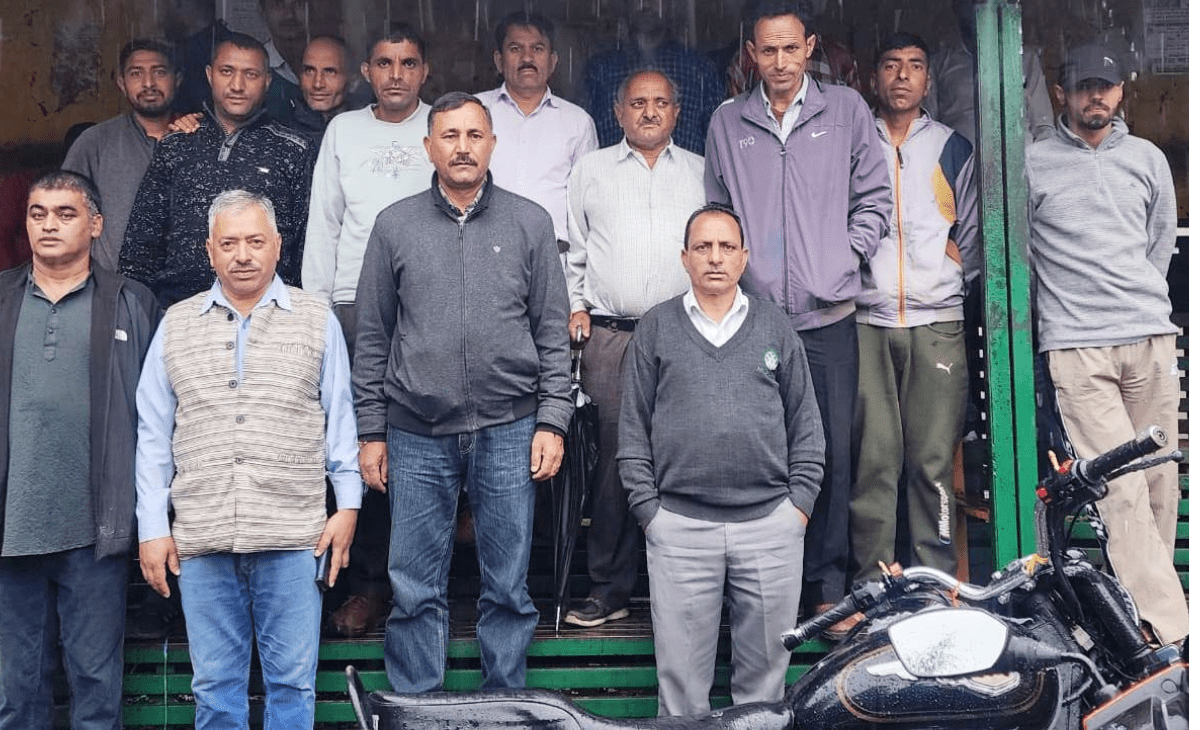In an interview with TNR, Mandi engineer renews his claims on how to avert recurring Himalayan disasters
Munish Sood
MANDI: Gopal Kapoor, a retired engineer from Mandi in Himachal Pradesh who has gained attention for his striking predictions about natural calamities, has once again issued a controversial but urgent appeal.
Speaking to The Newz Radar, Gopal Kapoor insisted that the growing wave of disasters across Himachal Pradesh — from landslides to flashfloods — will not stop unless the state’s top leadership collectively seeks forgiveness at the sacred shrine of Bijli Mahadev in Kullu.
According to Gopal Kapoor, he has been making this appeal since June 2023, urging Chief Minister Sukhvinder Singh Sukhu, Leader of the Opposition Jai Ram Thakur, Kullu MLA Sunder Thakur and Union Transport Minister Nitin Gadkari to halt the construction of the Bijli Mahadev ropeway.
“If all these leaders visit Bijli Mahadev, apologise and announce the suspension of the ropeway project, stability can return to the Himalayas. Otherwise, the cycle of destruction will continue,” Kapoor told TNR.
Bhaskmakar demon story is repeating?
Gopal Kapoor compared the present situation to the ancient Bhaskmakar demon legend, which he claims is being replayed in the region. Since February 2025, he says he has been warning repeatedly through this narrative, only to watch events unfold exactly as he predicted.
He believes that the departure of divine energies from Bijli Mahadev has destabilised the region and unless they are invoked back, the Himalayas will remain vulnerable.
Explaining the confusion: Kulant vs Kaulant
Responding to critics, including sections of the Kaulantak Peeth, Gopal Kapoor clarified that most people fail to distinguish between Kulant and Kaulant:
• Kulant Parvat (ancient name of Kullu): Described in the Skanda Purana and folklore, where Lord Shiva destroyed demons after consuming poison during the churning of the ocean. The place was named “Kulant”, meaning “end of the demon lineage”, which later evolved into “Kullu.”
• Kaulantak Rishi: A legendary sage considered the originator of Kaulachara tantric traditions. His practices spread to Tibet, Nepal and the Himalayan belt.
Gopal Kapoor argues that mixing these two traditions is a mistake and that both have separate spiritual significance.
Defending his claims, Gopal Kapoor said: “Disaster scientists would be right only if there had been no prior warnings. But I gave repeated cautions before every major incident — and the events occurred exactly as described. I am merely a medium through which this message is conveyed.”
Special description for Mandi
While his appeal for Himachal is centred on Bijli Mahadev, Gopal Kapoor has laid out specific recommendations for Mandi district to avert future tragedies:
• The Deputy Commissioner, local MLA and the Sarvdevta Committee should seek forgiveness from deities.
• From the next Shivratri festival, proper arrangements should be made for deities’ seating in the Paddal grounds.
• The district administration should prohibit the sale of halal meat and poultry near sacred spaces.
• Police must stop shielding cattle smugglers and illegal slaughter practices.
According to Gopal Kapoor, only through these reconciliatory steps can Mandi be safeguarded from recurring devastation.
Says it’s not climate rhetoric, but divine reconciliation
Gopal Kapoor dismisses climate change explanations as “frogs crying in a well about global warming.” Instead, he stresses that the real solution lies in spiritual atonement. “This is not about politics or science alone. Without reconciliation with the divine forces of Bijli Mahadev, no development project will stabilize the Himalayas.”
Whether one views his warnings as prophecy or folklore, Gopal Kapoor’s call has once again reignited debate over how far development should go in the fragile Himalayas — and whether leaders are willing to turn to tradition in search of safety.





